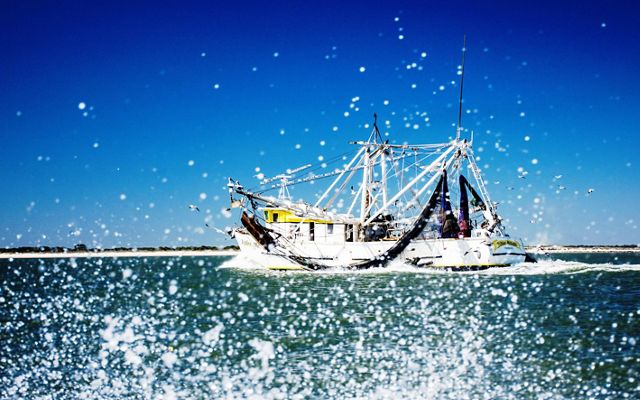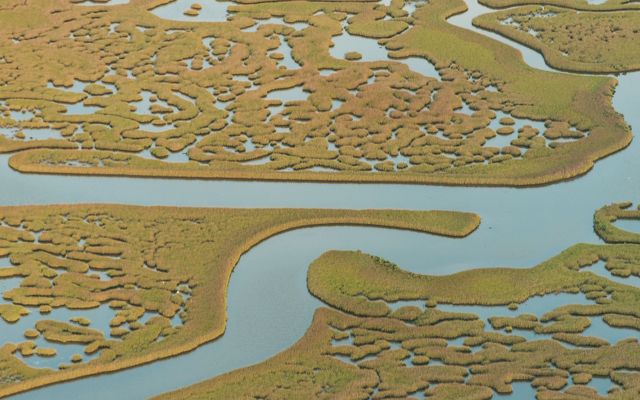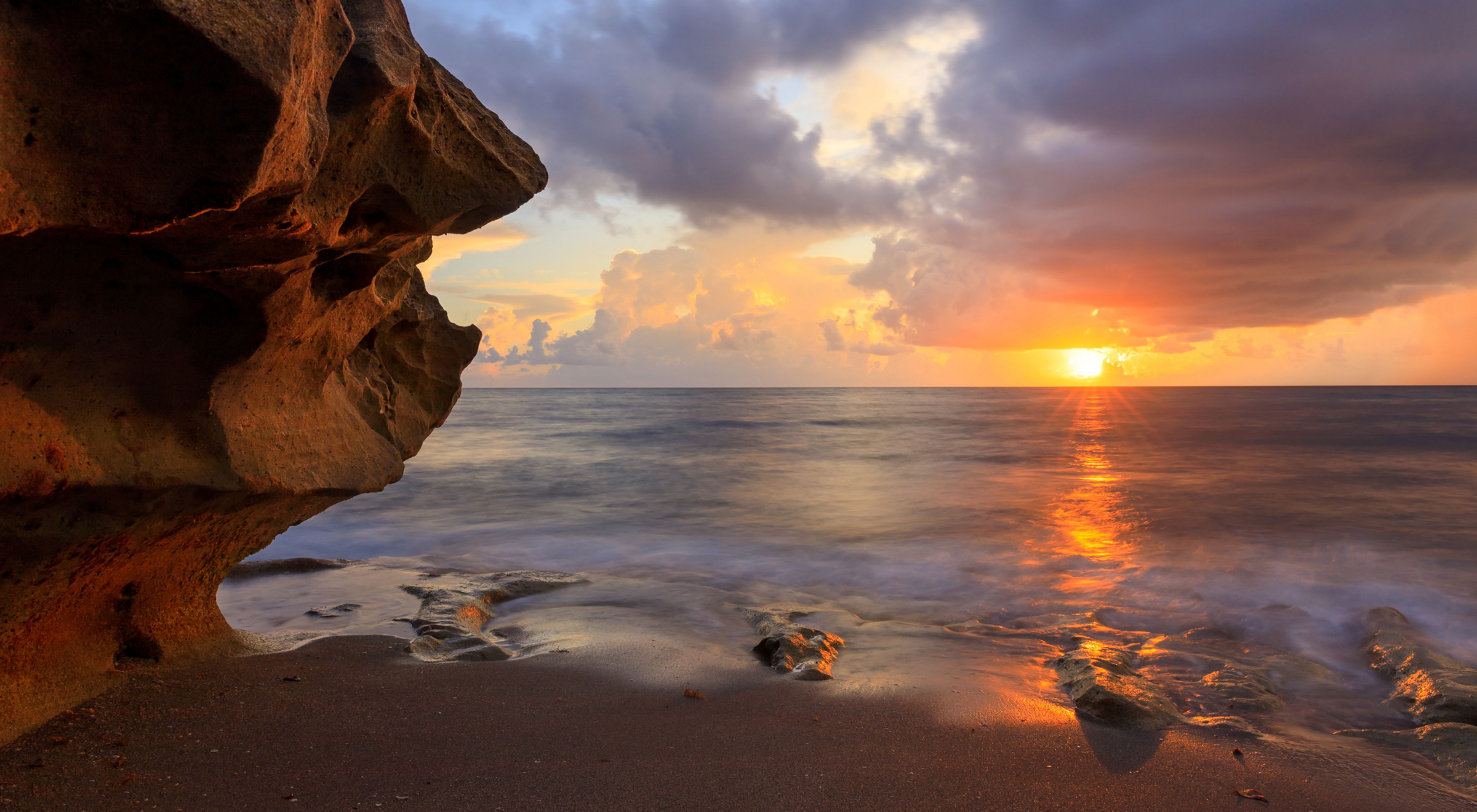TNC Launches the Ocean and Coasts Network
Connecting the southeastern United States, the Gulf of Mexico and the Caribbean.
Media Contacts
-
Fran Perchick
The Nature Conservancy
Phone: 561-328-9221 x205
Email: fran.perchick@tnc.org
TNC announces the launch of the Ocean and Coasts Network (OCN): a program spanning nine southeastern U.S. states (Virginia, North Carolina, South Carolina, Georgia, Florida, Alabama, Mississippi, Louisiana and Texas), the Gulf of Mexico and the Caribbean to address ecosystem-wide challenges with a cohesive and united approach that leverages the organization's diverse expertise and resources across the region.
These combined geographies carry a great deal of importance to the U.S.: They represent over 50% of the country’s contiguous shoreline and the vast majority of its saltmarshes, and they play host to the largest number of recreational anglers. They are dense with biodiversity and extremely vulnerable to the impacts of climate change, such as rising sea levels, warming waters and increasingly severe storms.
The impacts of climate change, threats to the health of global fisheries and renewable energy siting are just a few of the pervasive challenges affecting our oceans and coastal regions. OCN is an important component of TNC's response to these mounting and multi-pronged pressures and will help to monitor, assess and tackle these threats across three large marine ecosystems that are intrinsically linked: the Atlantic Coast from Virginia to the Florida Keys, the Gulf of Mexico from Florida to Texas, and the Caribbean.
Quote: Mary Conley

Across the U.S. and the globe, coasts and oceans are major ecological and economic drivers. Maximizing their potential and maintaining their long-term health requires a collaborative approach.
Through our Ocean and Coasts Network, TNC will work collaboratively with community stakeholders, partners, agencies, local governments, other nonprofits, educational institutions and the marine industry across geographies to:
- Advance coastal and marine science
- Support smart energy siting
- Partner with fishing communities
- Influence ocean policy
- Explore blue carbon opportunities

OCN's collective government policy, community engagement and marine conservation expertise will help connect and evolve the ogranization's coastal strategies while increasing focus on open ocean conservation.
“Across the U.S. and the globe, coasts and oceans are major ecological and economic drivers. Maximizing their potential and maintaining their long-term health requires a collaborative approach that pools resources and combines diverse expertise and perspectives,” said Mary Conley, Southeast U.S. Marine Conservation Director, The Nature Conservancy. “The Nature Conservancy’s Ocean and Coasts Network is a natural evolution of the essential work we have been committed to in these regions for more than four decades, and we are excited to unite staff, resources and local knowledge to tackle marine conservation issues that do not recognize jurisdictional boundaries.”
The Nature Conservancy is a global conservation organization dedicated to conserving the lands and waters on which all life depends. Guided by science, we create innovative, on-the-ground solutions to our world’s toughest challenges so that nature and people can thrive together. We are tackling climate change, conserving lands, waters and oceans at an unprecedented scale, providing food and water sustainably and helping make cities more sustainable. Working in more than 70 countries and territories, we use a collaborative approach that engages local communities, governments, the private sector, and other partners. To learn more, visit nature.org or follow @nature_press on Twitter.
